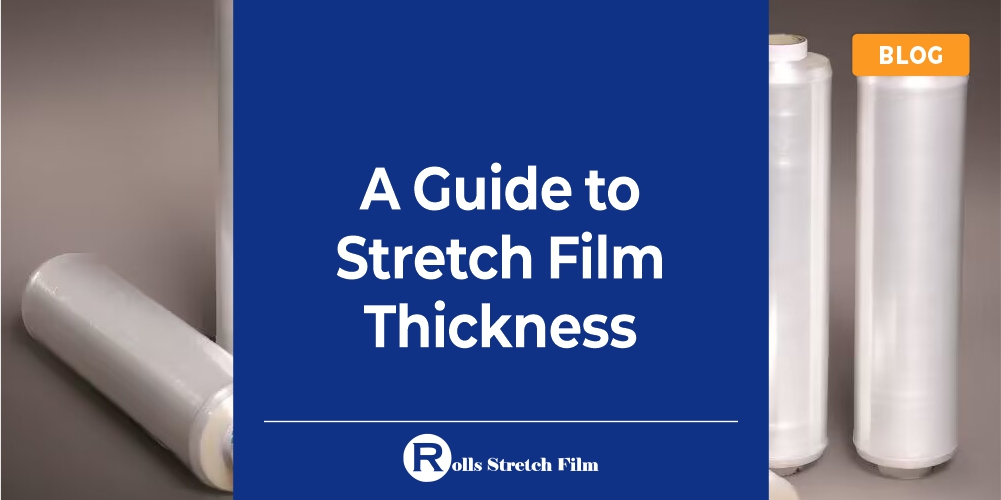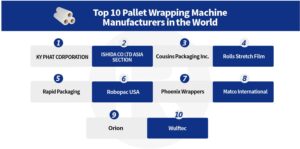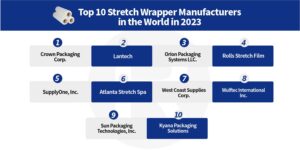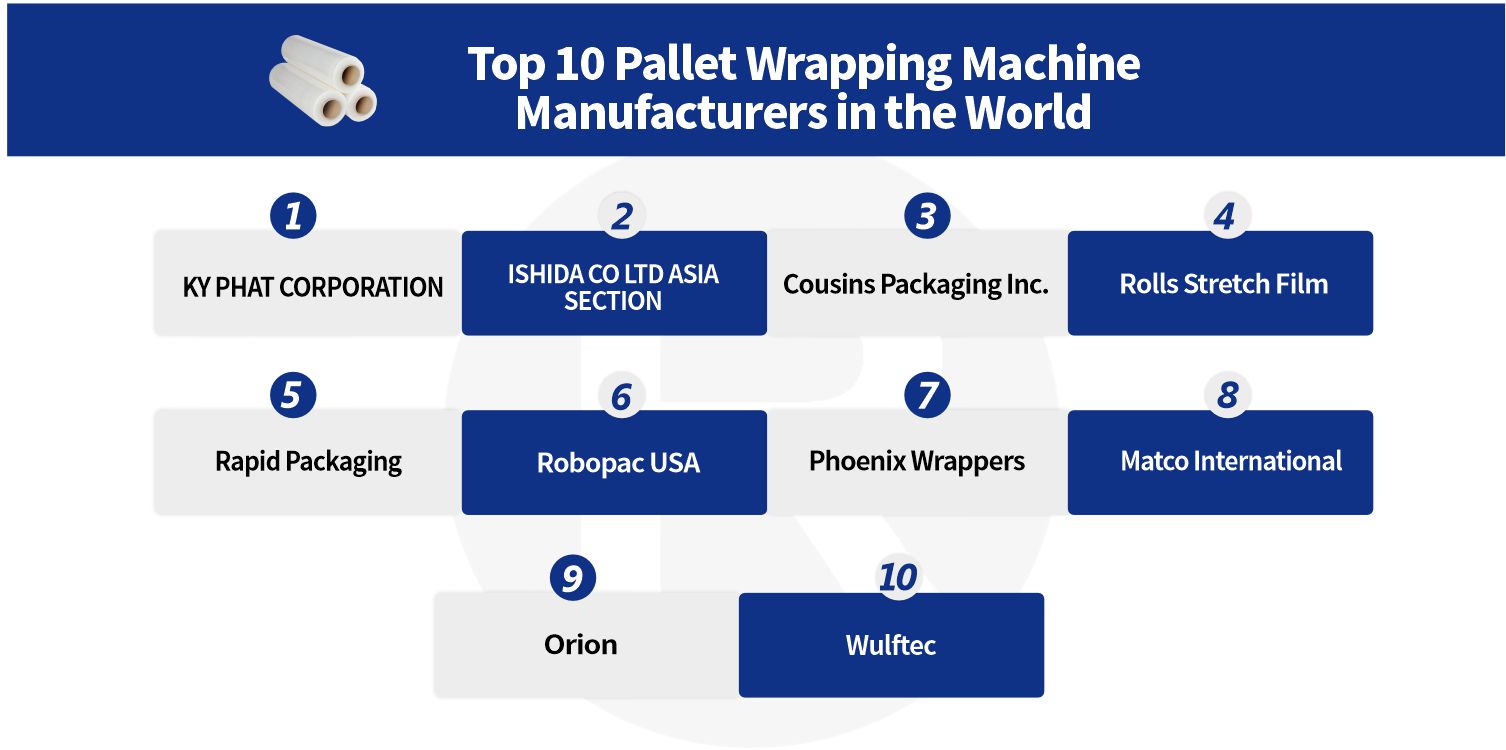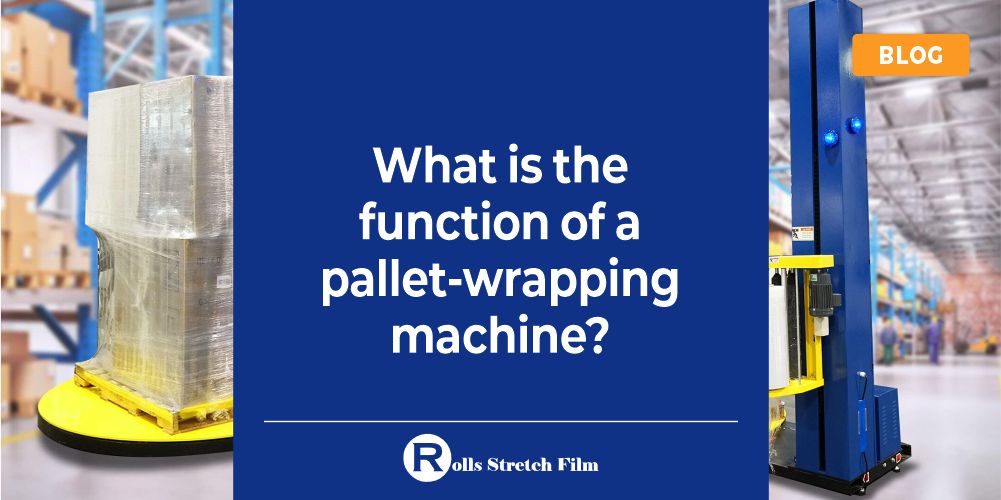Have you ever wondered why some products arrive in perfect condition while others seem damaged even before they reach their destination? The secret often lies in the thickness of the stretch film used for packaging. Choosing the right stretch film thickness can make a significant difference in ensuring product safety during transportation. But with so many options available, how do you pick the right one?
Stretch film, commonly used for wrapping products on pallets, comes in various thicknesses, each designed for specific applications. The right thickness ensures that products remain intact, reducing potential losses and ensuring customer satisfaction. By the end of this guide, you’ll have a clear understanding of stretch film thickness and its importance, empowering you to make informed decisions for your packaging needs. So, let’s dive in and unravel the mystery behind stretch film thickness!
Basics of Stretch Film

Definition and Primary Use
Stretch film, often referred to as stretch wrap, is a highly elastic plastic material commonly used to wrap products on pallets. Its primary purpose is to hold boxes and other items together, ensuring they remain intact during transportation and storage. Made primarily from linear low-density polyethylene (LLDPE), stretch film is designed to stretch around products, providing a tight grip that prevents movement.
Importance of Securing Products on Pallets
Securing products on pallets is crucial for several reasons:
- Protection from Damage: Properly wrapped products are less likely to get damaged from external factors like moisture, dust, and rough handling during transit.
- Stability: A well-wrapped pallet ensures that products don’t shift or fall during transportation, reducing the risk of accidents and product losses.
- Efficiency in Storage and Transportation: Uniformly wrapped pallets are easier to stack and store, maximizing warehouse space and ensuring efficient loading and unloading.
- Theft Prevention: A securely wrapped pallet makes tampering evident, acting as a deterrent to potential theft.
- Improved Customer Satisfaction: Delivering products in pristine condition enhances the customer’s experience, leading to repeat business and positive reviews.

In essence, stretch film plays a pivotal role in the logistics and supply chain, ensuring products reach their destination in the same condition they left the warehouse.
Stretch Film Thickness and Its Applications
Understanding the thickness of stretch film is crucial for selecting the right product for specific packaging needs. The thickness determines the film’s strength, elasticity, and durability. Here’s a breakdown of stretch film thickness and its applications:
Table of Film Thickness
| Gauge | Mil | Micron | Millimeter | Inch |
| 30 | 0.3 | 7.6 | 0.0076 | 0.0003 |
| 40 | 0.4 | 10 | 0.0101 | 0.0004 |
| 50 | 0.5 | 12.5 | 0.0127 | 0.0005 |
| 60 | 0.6 | 15 | 0.0152 | 0.0006 |
| 75 | 0.75 | 19 | 0.019 | 0.0007 |
| 80 | 0.8 | 20 | 0.0203 | 0.0008 |
| 90 | 0.9 | 23 | 0.0228 | 0.0009 |
| 100 | 1 | 25 | 0.0254 | 0.001 |
| 120 | 1.2 | 30 | 0.0304 | 0.0012 |
| 150 | 1.5 | 38 | 0.038 | 0.0015 |
Importance of Knowing the Right Measurements for Specific Applications
- Precision in Packaging: Knowing the exact thickness of the stretch film ensures that products are wrapped with the right amount of protection. Too thin, and the product might be at risk; too thick, and it might be an overkill leading to wastage.
- Cost Efficiency: By understanding the measurements, businesses can select the most cost-effective film for their needs, ensuring they aren’t overspending on unnecessary thickness.
- Regulatory Compliance: Some industries have specific regulations regarding packaging. Knowing the measurements ensures compliance with these standards.
- Environmental Considerations: Using the right thickness reduces waste. Overusing thick films when not required can lead to unnecessary environmental waste.
- Customer Satisfaction: Delivering products in perfect condition, thanks to the right film thickness, enhances customer trust and satisfaction.

Tips for Choosing the Right Stretch Film
Selecting the appropriate stretch film is crucial for ensuring product safety, efficient transportation, and cost-effectiveness. Here are some insights to guide you in making the right choice:
5 Factors to Consider
- Load Weight: The weight of the products being wrapped is a primary consideration. Heavier loads typically require thicker films to ensure stability and protection.
- Type of Products: The nature of the products also plays a role. Fragile items or those with sharp edges might require a more resilient film to prevent punctures or tears.
- Transportation Conditions: Consider the conditions under which the products will be transported. Long-distance shipments or those exposed to varying temperatures might require a more durable film.
- Storage Duration: If products are to be stored for extended periods, it’s essential to choose a film that offers long-lasting protection against external factors like moisture and dust.
- Environmental Considerations: Opt for eco-friendly films if sustainability is a priority for your business. These films are designed to provide the necessary protection with minimal environmental impact.
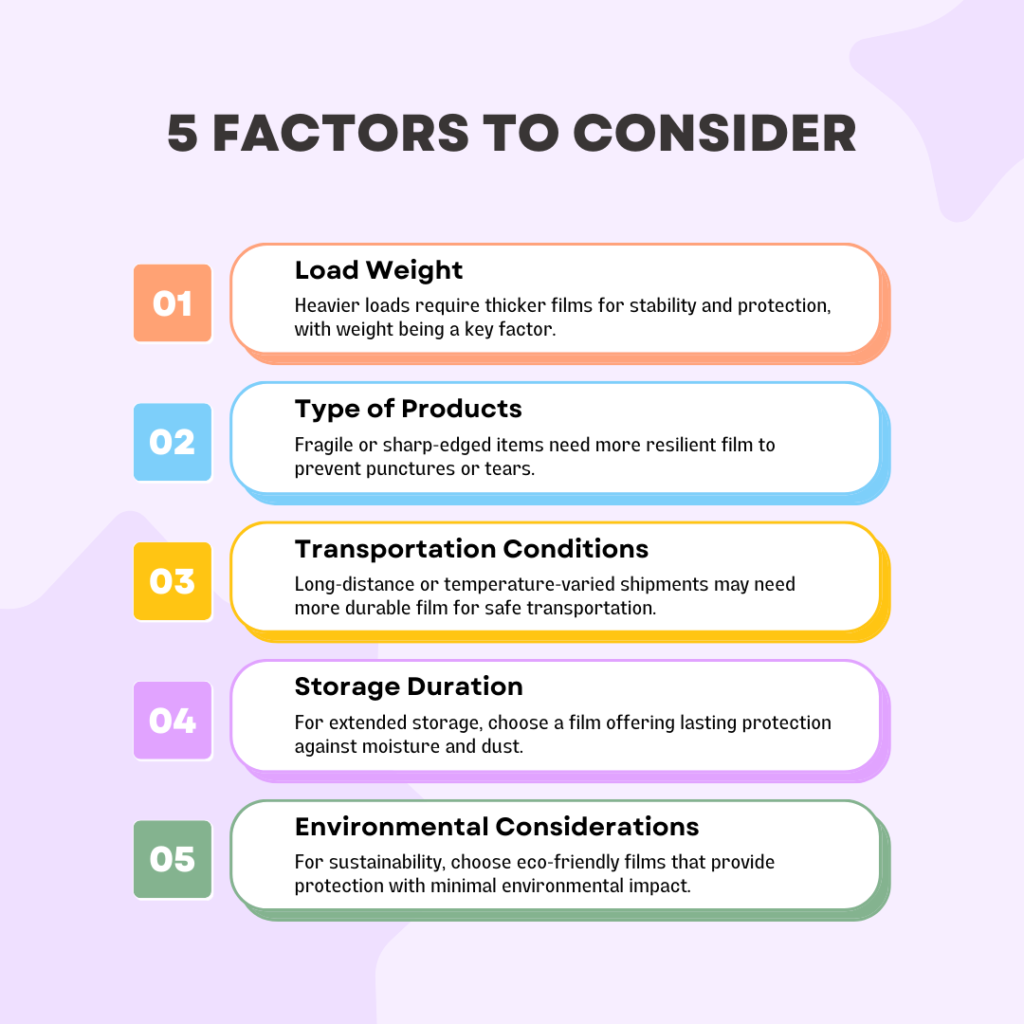
Conclusion
Having spent years in the packaging industry, I’ve witnessed firsthand the pivotal role stretch film thickness plays in ensuring product safety and efficiency. The right thickness not only guarantees protection but also optimizes costs and enhances customer satisfaction. While this guide provides a comprehensive overview, every business has unique needs. I strongly recommend reaching out to professionals in the field, like our seasoned team, to tailor the best packaging solution for your specific requirements. Our track record and dedication to providing accurate and reliable information have made us a trusted name in the industry.

